- Back from Japan: a life-changing experience
- JAL business class vs. Delta premium select (review of our flights to/from Japan)
- Japan sightseeing and transportation logistics for the lazy and/or mobility-challenged
- Why you should consider renting a machiya during your family vacation in Japan (this post)
First things first. What exactly is machiya anyway? According to this Wikipedia page, “Machiya (町屋/町家) are traditional wooden townhouses found throughout Japan and typified in the historical capital of Kyoto.” Most are over a hundred years old at this point.
When I first started planning the Kyoto leg of our trip, I learned that machiya homes in that city are disappearing at an alarming rate. In fact, according to this article, only 3% avoid demolition, which means that in fifty years there won’t be any left at all. The reason is simple: it’s time-consuming and expensive to renovate a machiya rather than just to tear it down.
So, that made me determined to rent one, despite the potential higher cost compared to a hotel. I’m fascinated by old architecture and this may be my only visit to Kyoto for the next fifty years (though I hope not). To my surprise, I learned that staying in a machiya doesn’t have to cost an arm and a leg. It’s a bit more expensive compared to a hotel, but not terribly so.
Also, a renovated machiya usually comes with all the comforts you may expect, like A/C etc. Be careful when doing a search, as some listings will say “machiya-style”, which usually means new construction. There isn’t anything wrong in renting it, of course, but you’ll probably agree it’s not quite the same thing.
If you are interested in staying in a real machiya, I recommend looking at Airbnb and Booking.com In fact, normally you’ll find the same properties listed on both platforms, so it just depends on your preference. You may also be able to get miles or cashback by going through a portal.
The machiya I liked was 10% cheaper on Booking.com (I have Genius 1 level), so that’s the website I used. The property, called Reikaku Yasaka, is also bookable via Airbnb, Expedia and several other major travel sites. I paid around $270 per night, and we stayed four nights. Your rate will vary and depend on the length of the trip, the number of people staying, as well as season.
Why I chose this property
Before I point out some quirks and potential dealbreakers, let me list all the pros of staying in this property. First and foremost, I wanted a location close to Gion, a historic center of Kyoto. That proved to be a correct decision, as the rest of Kyoto looks like a typical modern city with ugly buildings.
So, I recommend you stick to this area on the map when looking for lodging: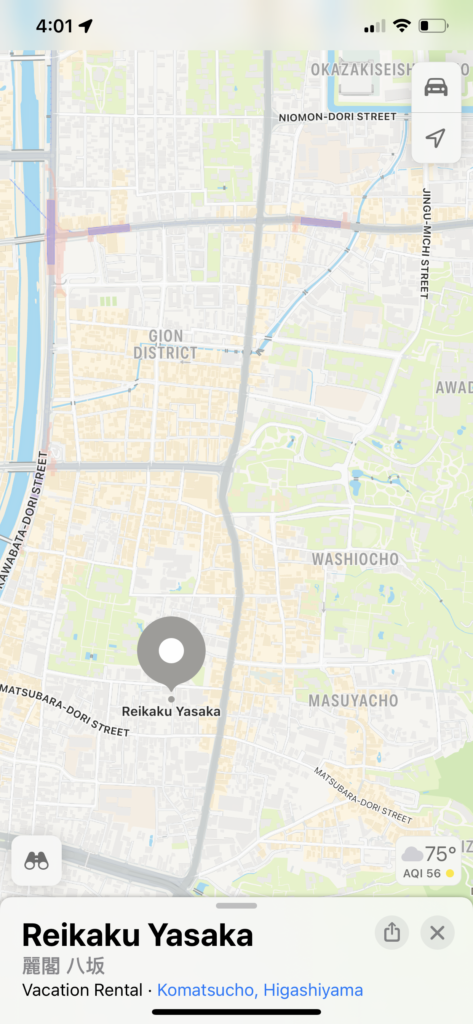
Edit: please read a comment by Naoyuki (a Kyoto local) for a different perspective.
We stayed on a residential street, with a few guesthouses and a Buddhist monastery a few doors down. One time we even heard monks chanting.
Fancy Michelin-rated restaurant around the corner (did not go)
The outside of our machiya
The house itself has everything you need for a comfortable stay. There is a small kitchen, located right in the living room:
We appreciated having an espresso machine with complimentary pods
A tatami area looking out to a small private garden:
Very nice view
The cypress tub is actually big enough to fit two tall people (my husband and I can confirm)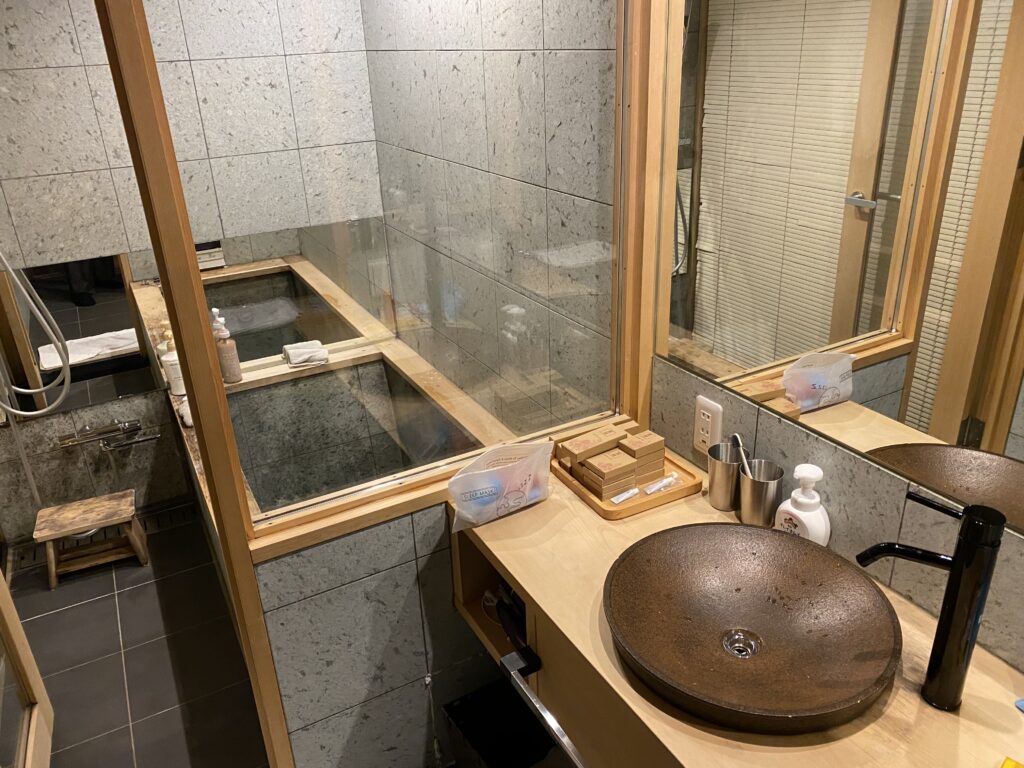
The shower/bath combination also looks out to the garden, so you can enjoy an open-air onsen experience:
This is, hands down, the best part of the house
I really need to get one of these in my backyard! A cool detail: the tub fills up with hot water by pushing a button, and plays a little tune to let you know it’s ready. How neat is that? Of course, the toilet is high-tech as well. There is a washing machine next to the bathroom. It has a dryer function built-in, but it’s weak sauce, and only dries a few small items in an hour.
There are so many interesting details in this house, like this lantern-style lamp at the entrance:
On the second floor you will find two tiny bedrooms. Well, it’s actually one sleeping area separated by sliding doors:
There are two single beds (our most comfortable mattresses on this trip):
I used the small closet area to air dry clothes
Two futons for kids:
We only had our son with us, as my daughter stayed in a hotel with my MIL (more on that later). He said the futon was comfortable, and didn’t complain about it once. YMMV
According to the owner, the bedroom upstairs has a view of one of the oldest gardens in Kyoto:
There is a half-bathroom on the second floor, right next to the bedroom area. Keep in mind that there are motion-detector lights that are triggered when someone needs to use a toilet in the middle of the night. Perhaps it’s a requirement, so no-one would fall down the stairs? But it can wake up the rest in your party.
I really loved the fact that during renovation process the architect chose to preserve the original wood beams:
It made me think of several generations of families who used this area as their bedroom throughout the last century, just as we were using it now. What were their hopes and dreams? Probably same as ours.
This house was our peaceful little oasis. It’s almost like the big city of Kyoto didn’t exist beyond its walls, and that’s exactly what I was going for. There are a few restaurants and a 7/11 store (basic groceries and prepared foods) within a few minutes of walking, which is quite convenient. The owner was very responsive and really thought of everything to make a stay comfortable for the guests. She even left a book with photos to explain to non-Japenese speakers how to operate everything in the house.
We only had one minor issue when we first entered the machiya. I couldn’t figure out how to turn on A/C, so I sent her a message. A few minutes later she responded and told me to point the control towards the unit, something I failed to do to begin with. Our host Tomomi also told me we could leave the luggage for few hours after checking out, which was a nice offer we didn’t end up taking advantage of. A really great host, ready to assist with any request (within reason). We even ended up getting a complimentary cleaning midway through our stay, a well as some free bottles of water.
Bottom line: I loved this house, and would rent it again in a heartbeat. It truly is a one-of-a-kind place. An experience, really. I consider it a bargain for $270 per night. That’s only 27k points if you have a card like Capital One Venture X card (our affiliate link).
Why you may want to skip renting a machiya in Kyoto
While it’s a unique experience I highly recommend, it won’t be for everyone. First and foremost, many folks won’t be able to handle the steep stairs, a typical feature in a machiya. That’s why my MIL could not stay here.
Ours didn’t have any railing, which makes it a bit dangerous for small kids. 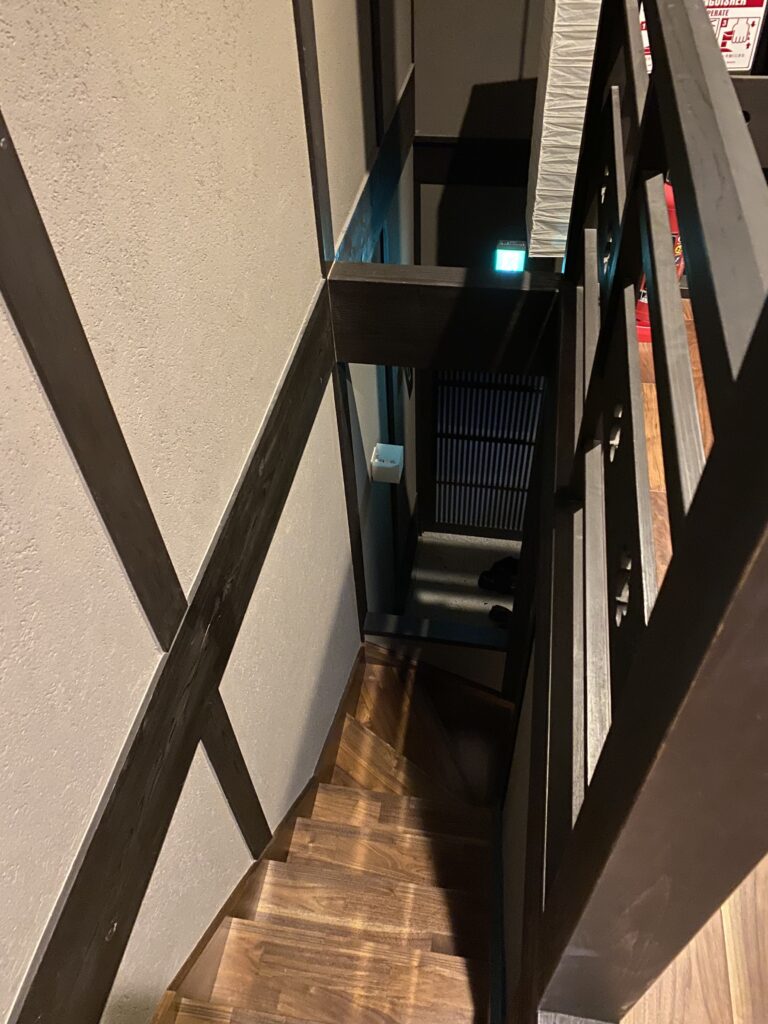
Our son is 12, so it wasn’t a problem for us. But I personally would not stay here if my kids were under 10.
Another potential issue is the lack of soundproofing. This is another feature machiya homes are known for. It didn’t help that there was a just paper sliding door separating the upstairs bedroom from the rest of the house.
So, my son and I had to keep our voices down when my husband was taking a nap. And he sure does love his naps. Staying in a new construction (aka fake machiya) will likely avoid this problem.
Another issue if you are tall like my husband:
Self-explanatory
Needless to say, he had a hard time blending in while in Japan. Keep in mind that machiya homes are also quite small. This particular house was 650 square feet total, including both floors. It’s compact, and I think having more than 4 people will be tight. It was just right for the three of us, though. You can technically fit six if one or two people sleep on futons downstairs, but I don’t recommend it. I would say it can work for a family of five, with three relatively young kids. But not too young, see my comment about the stairs.
This particular home also has zero storage, so we had to live out of our suitcases placed near the entrance. Not a big deal to me, but it will be for some. Overall, all the issues I’ve mentioned were very small compared to the privilege of living in a traditional old Japanese home. To me, it was one of the highlights of the trip. In fact, if we ever go back, I would likely look into renting this place again.
If you can’t handle the stairs, I’ve seen several machiya properties that have bedrooms on the first floor, but they are few and far in between.
If you insist on staying in a hotel
For some machiya will not be a good fit, and that includes my MIL. She would not be able to handle the stairs, and sleeping on a futon is a no-go. So, I looked into finding a hotel nearby. The closest property, located just 100 feet from our machiya was Rinn Gion Yasaka. The reviews were good, and it was cheap. Too cheap, in fact. I couldn’t believe we were able to reserve a huge room with tatami area for only $115 per night. Before you get too excited, the same room now costs $250 per night, so it appears we got some sort of special. But they do have smaller rooms for less.
Since the price was the same for two guests, we’ve decided to put my daughter with grandma. They had a very nice time together. Here are a few photos of the property, taken on separate days:
New building, blending in traditional elements
Huge bathroom with a tub
I think we can all agree that it’s quite a deal for $115 per night. They even have coin laundry for guests. My MIL was thrilled with this hotel, and so was my daughter. A very good option if you can find a decent price.
If you insist on using hotel points, you have several choices in Hilton, Marriott and Hyatt programs. Hyatt Place Kyoto looks pretty good for being a Category 4, though it’s a bit far from Gion. I stand by my recommendation to try to stick to the historic district if at all possible, but the choice is yours.
On the other hand, Park Hyatt Kyoto has a prime location, but will cost you 45k-55k Hyatt points per night. For a room that fits two people. Sure, the cash cost can be as high as $3k per night, so it can be very tempting to burn your stash, especially if you are Globalist. But would you ever consider paying that much if you didn’t have points? I know I wouldn’t.
We had a chance to walk by this property when going to a geisha performance in a nearby restaurant. It certainly looked nice and I really like that it’s smack in the middle of a historic district. The location is truly superb, no question about it.
But would I trade our machiya stay for a chance to be in Park Hyatt Kyoto instead? Not a chance. This isn’t a hypothetical because my MIL offered to keep both kids with her, so my husband and I could do something special in Kyoto. But at the end of the day, it’s just a hotel, and one that costs a fortune via points. I feel like I got a much better deal for $270 per night. It’s not even close.
You may disagree, and I’m not trying to persuade you to cancel your reservation in Park Hyatt Kyoto. The reviews are excellent, and many folks absolutely love this property. Plus, since I haven’t actually stayed there, I’m not really qualified to make a true comparison. And these are very different types of lodging anyway. So it comes down to your preferences.
I have absolutely nothing against using hotel points, and we did just that for several other properties in Japan. But I do think that points tend to cloud our judgement at times, especially when we see a huge price tag that makes using them irresistible. It’s ok to resist sometimes.
Author: Leana
Leana is the founder of Miles For Family. She enjoys beach vacations and visiting her family in Europe. Originally from Belarus, Leana resides in central Florida with her husband and two children.

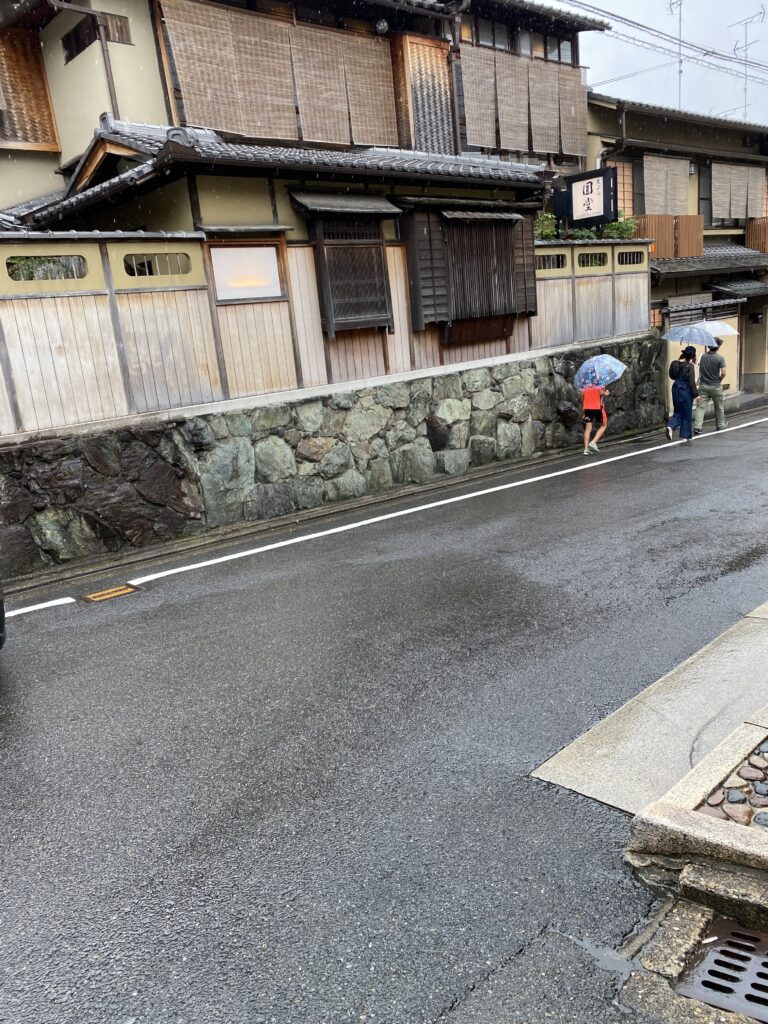
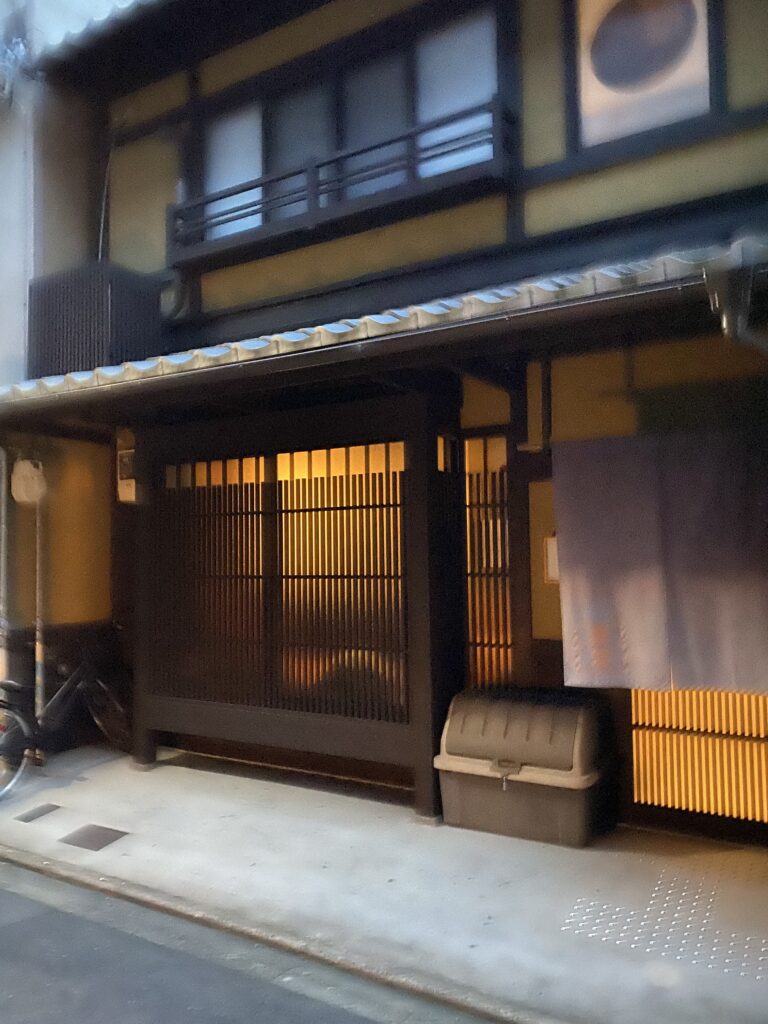
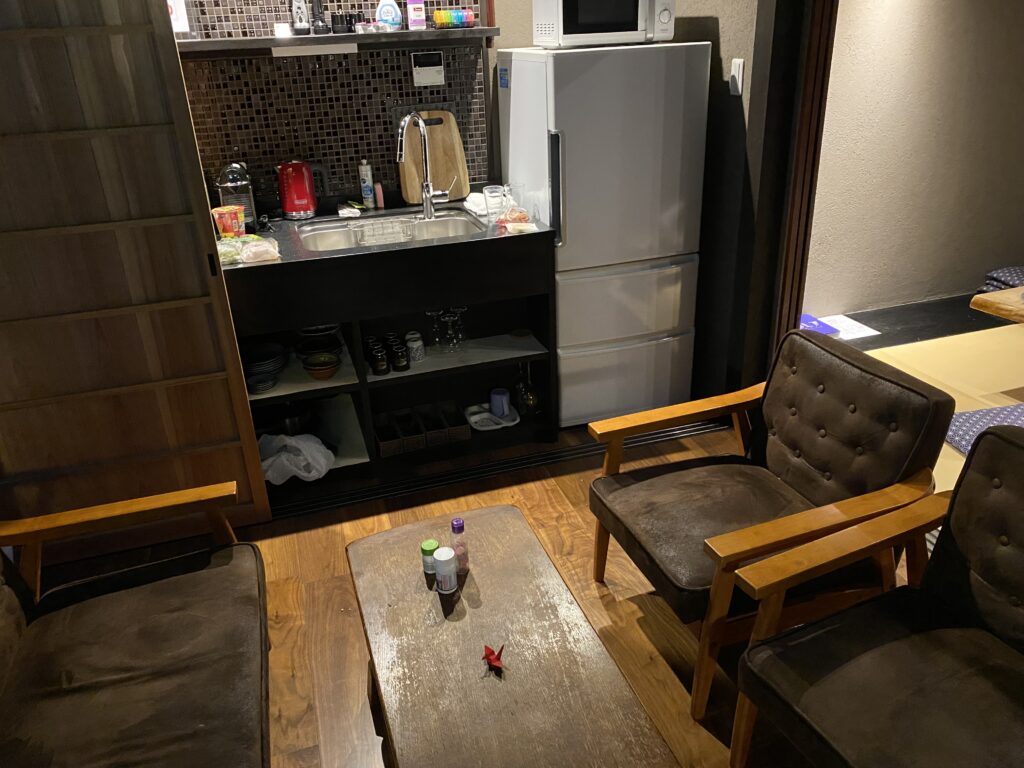
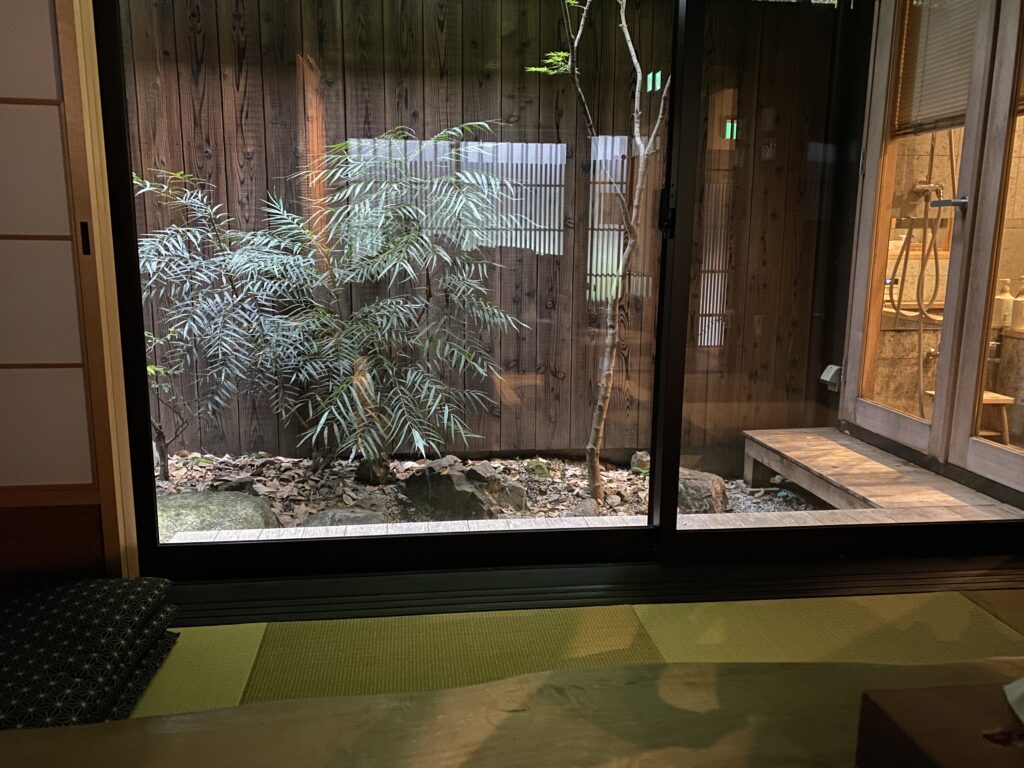
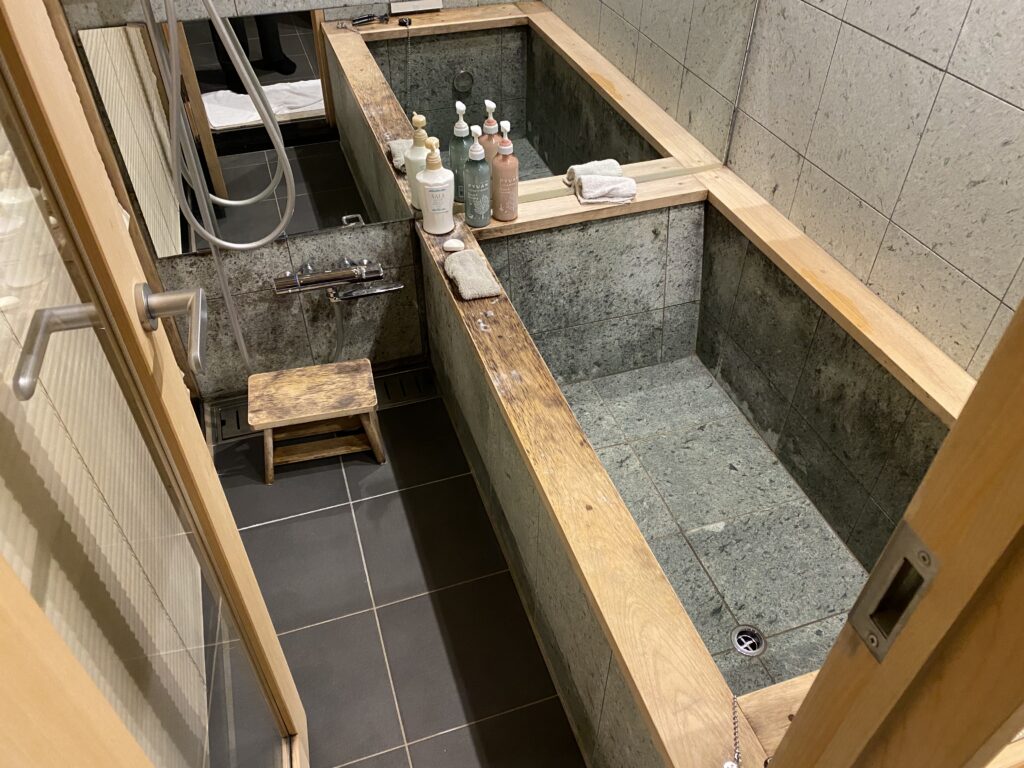
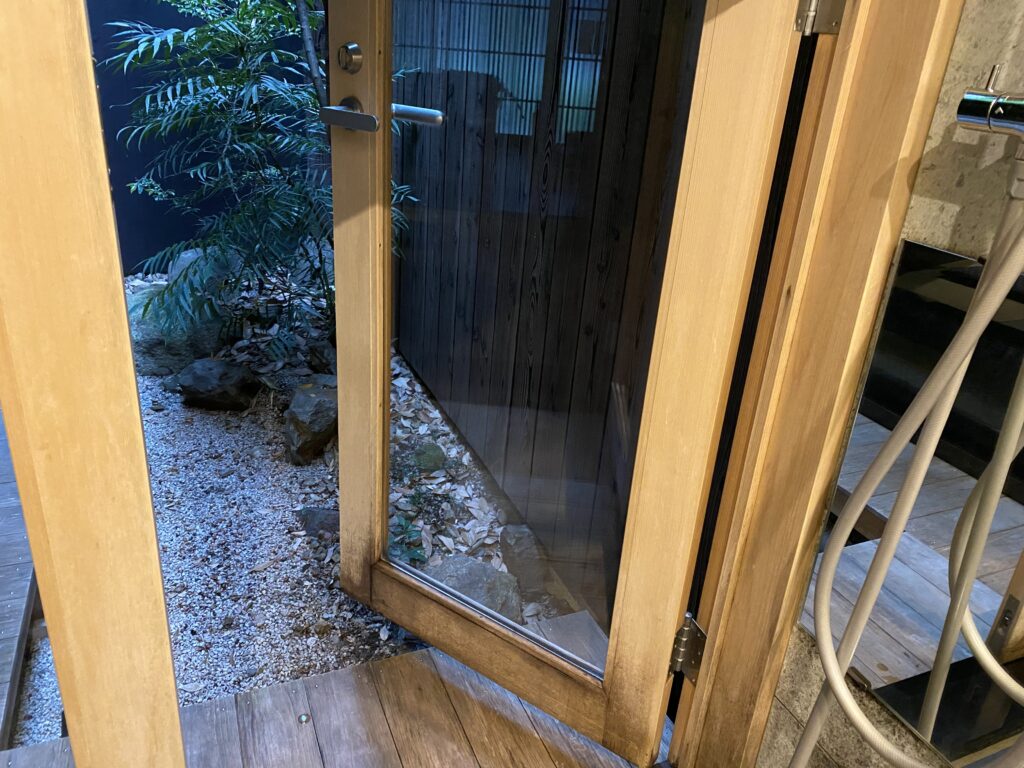
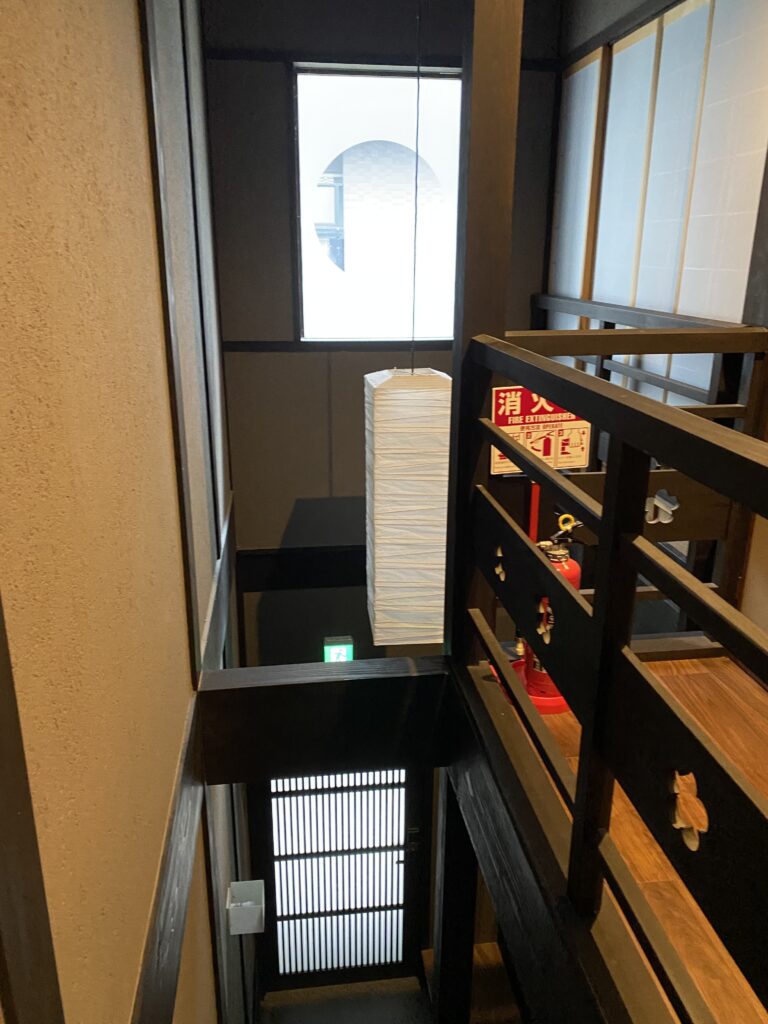
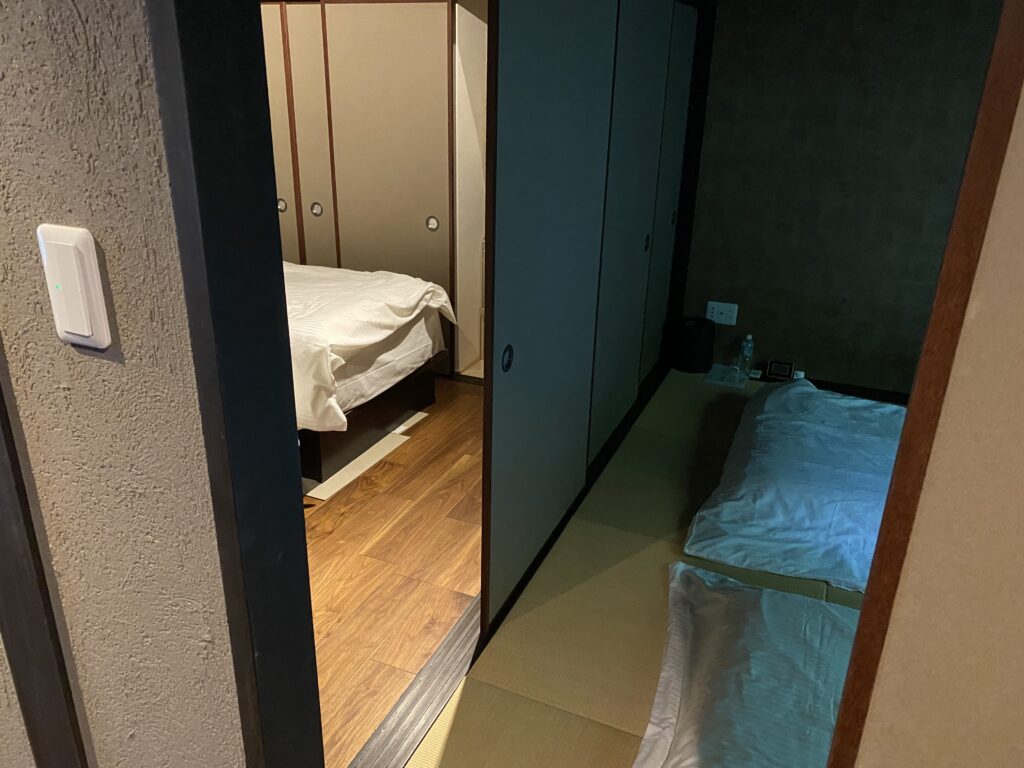
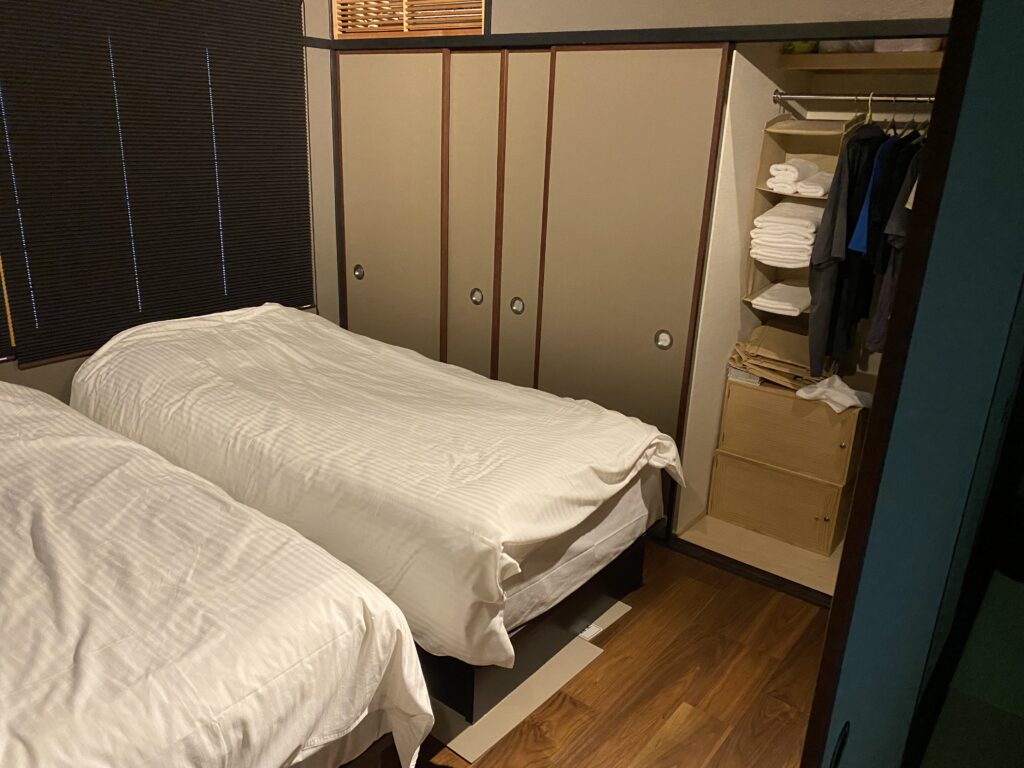
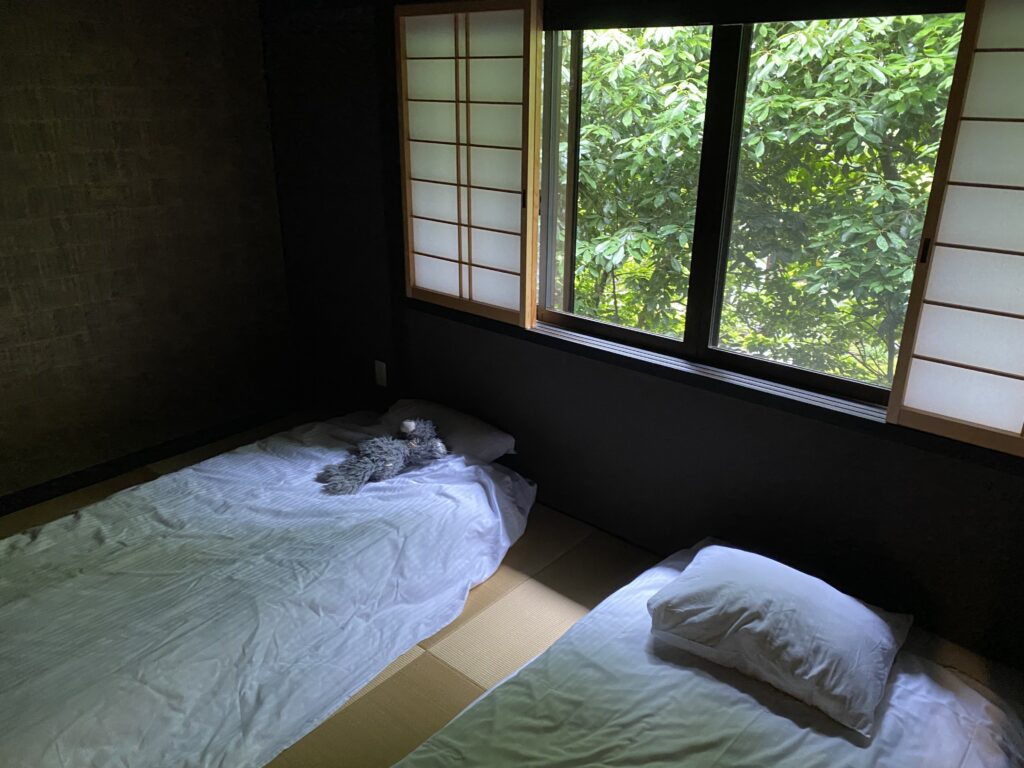
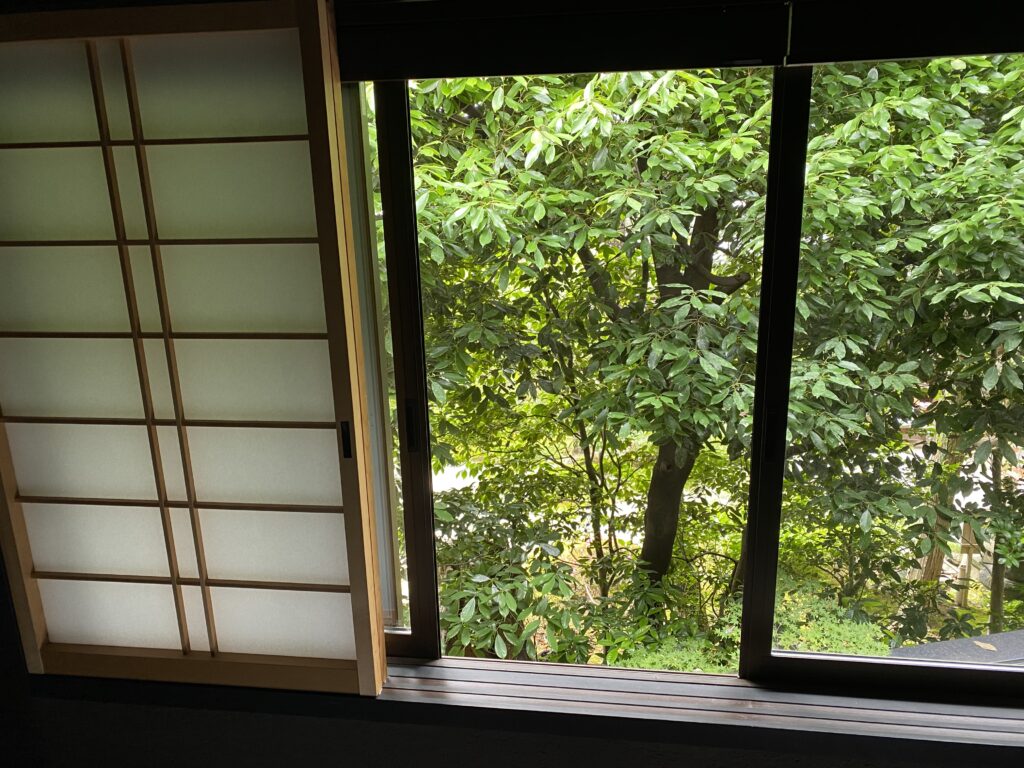
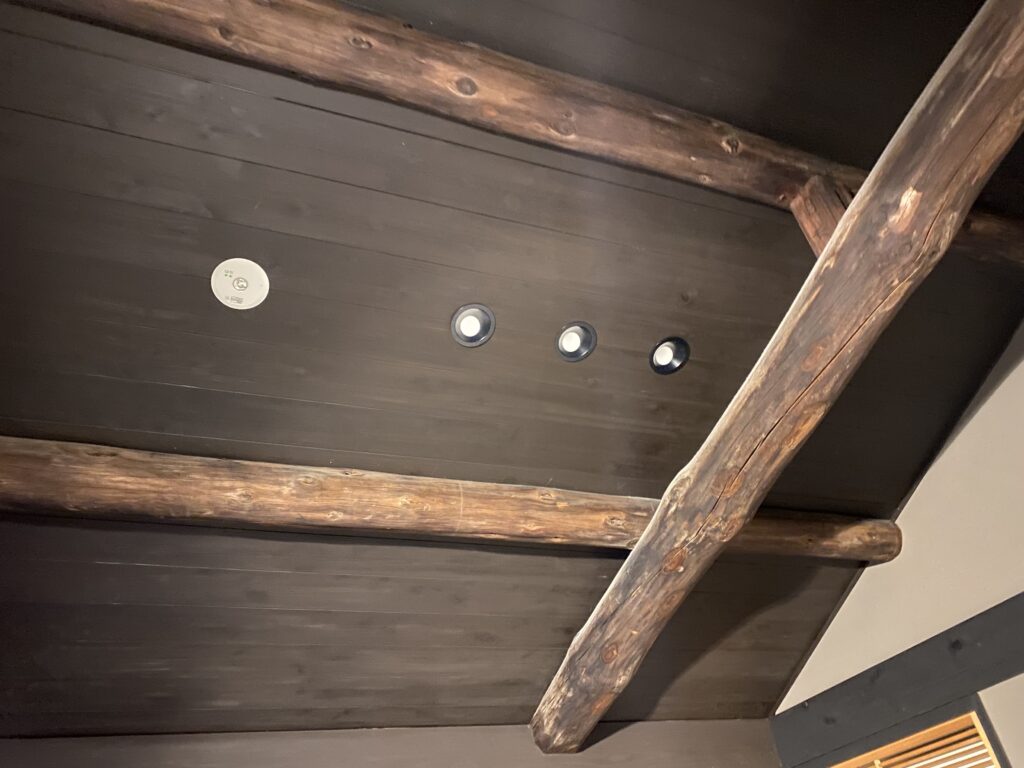
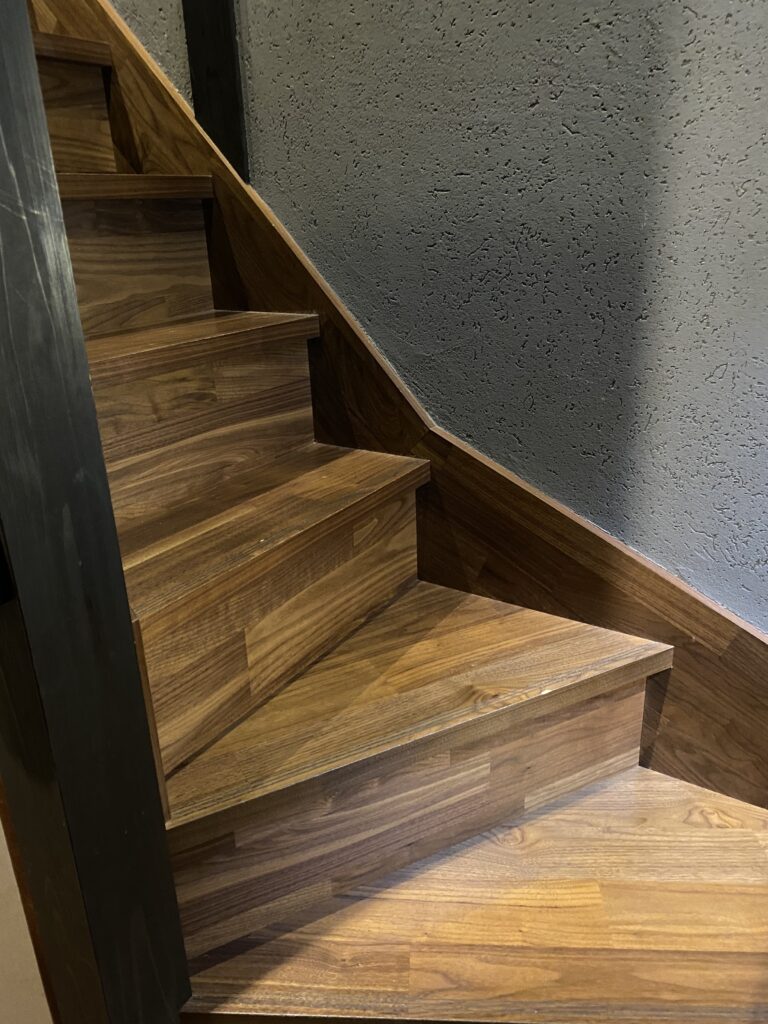
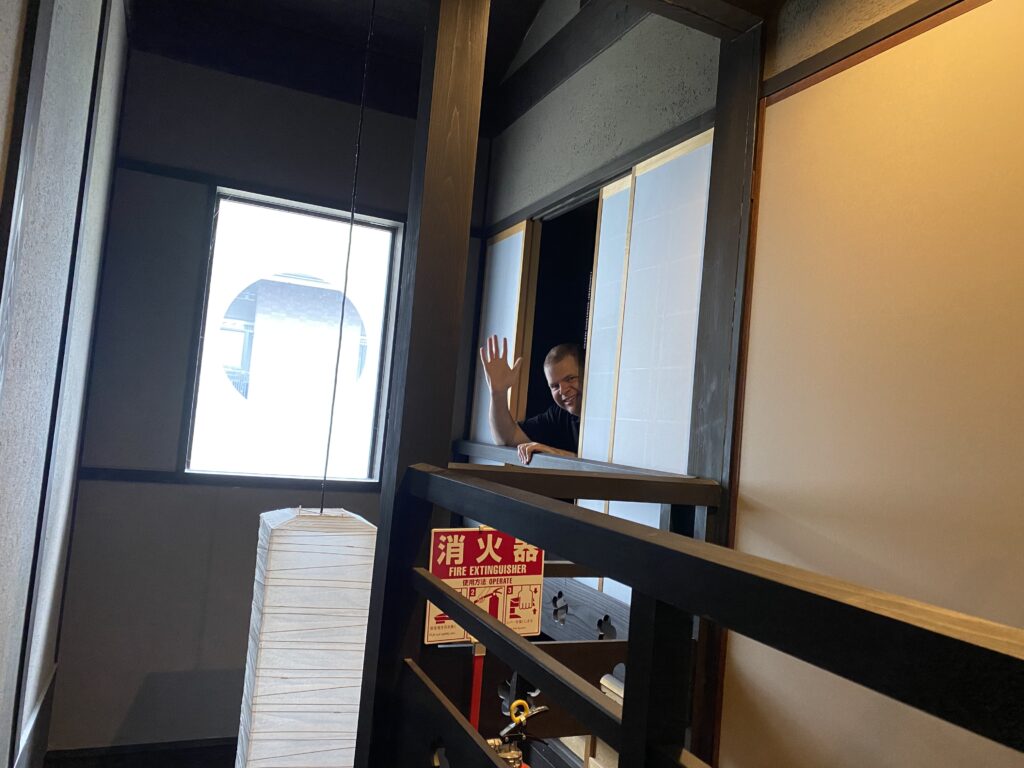
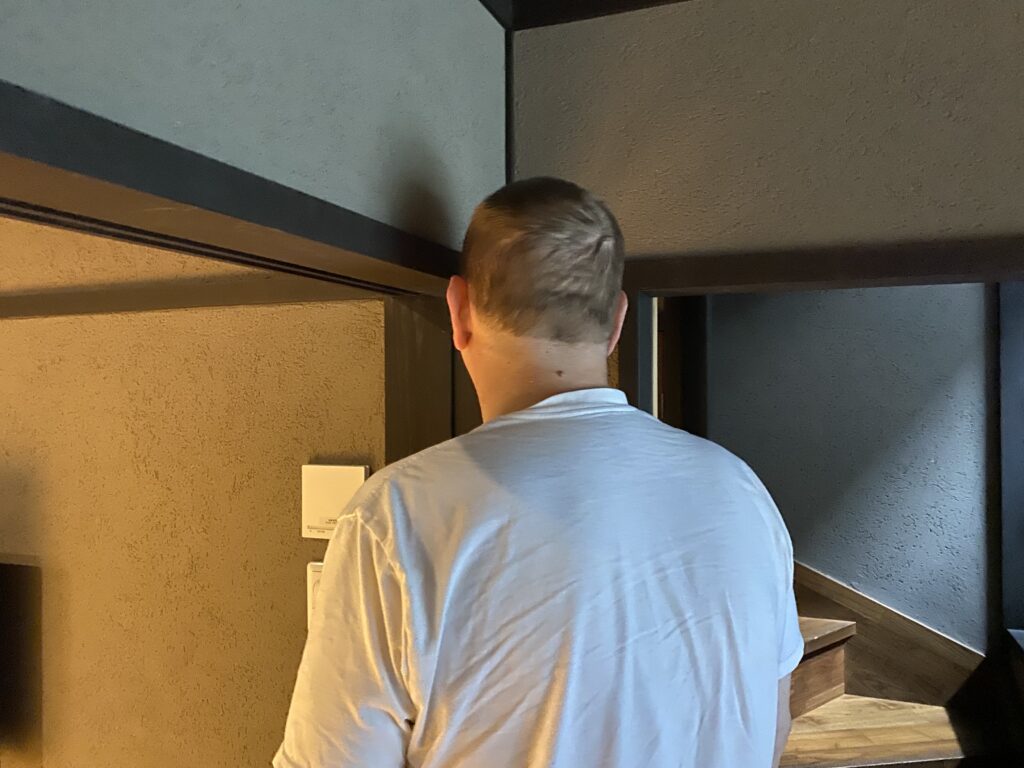
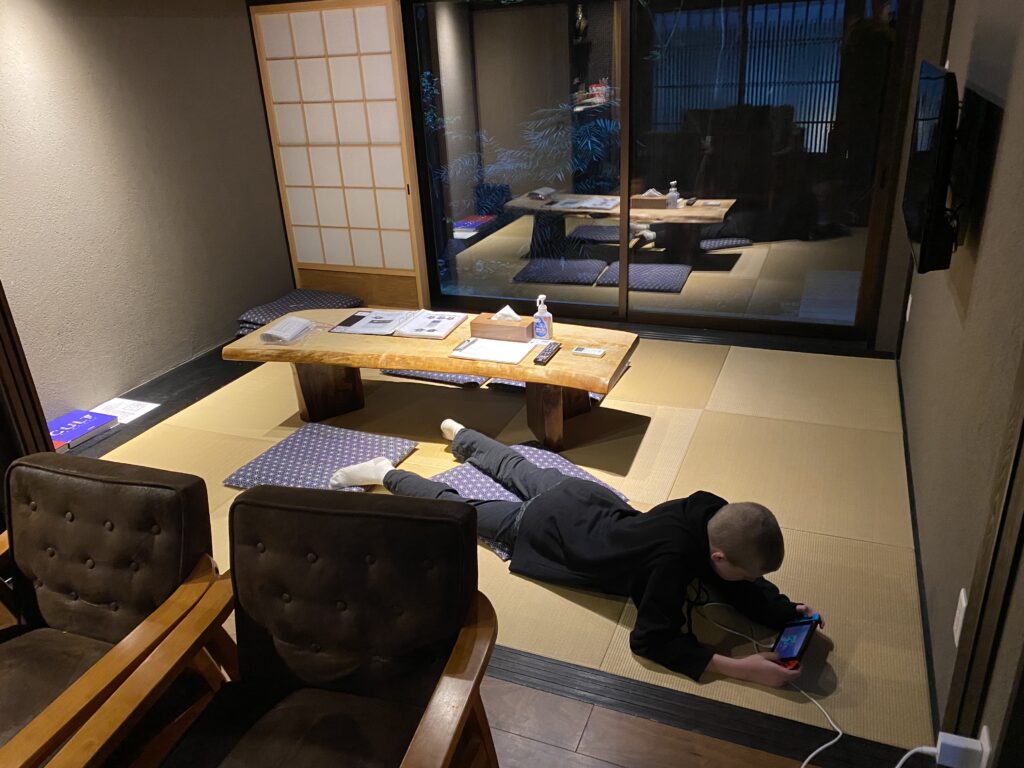

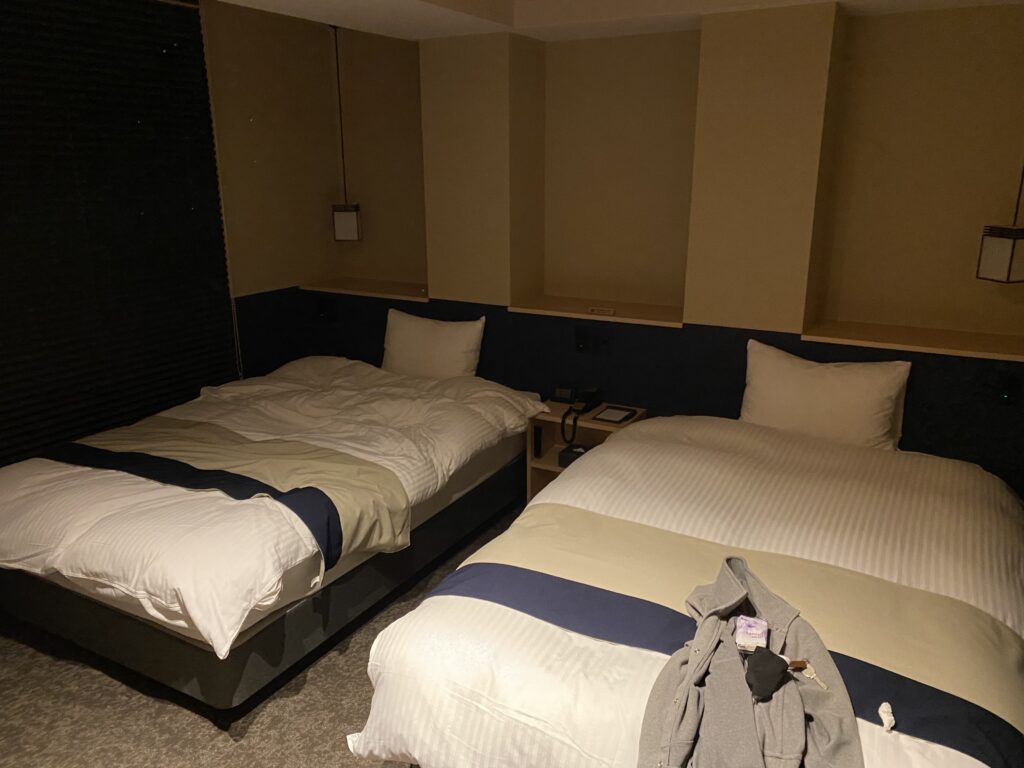
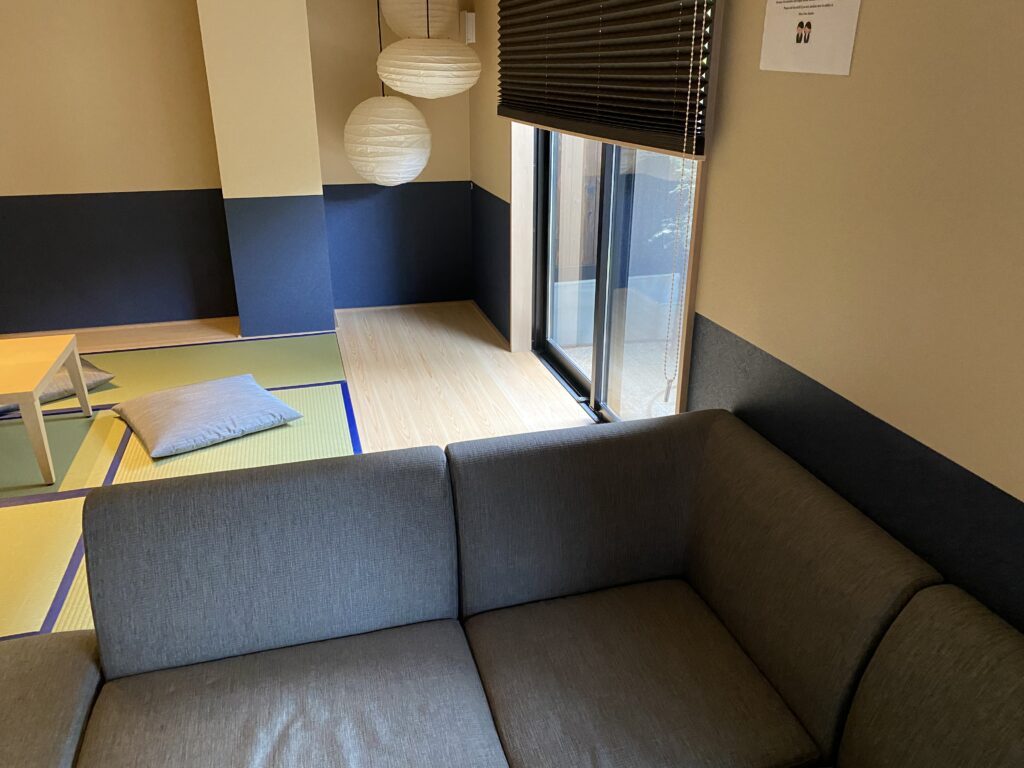
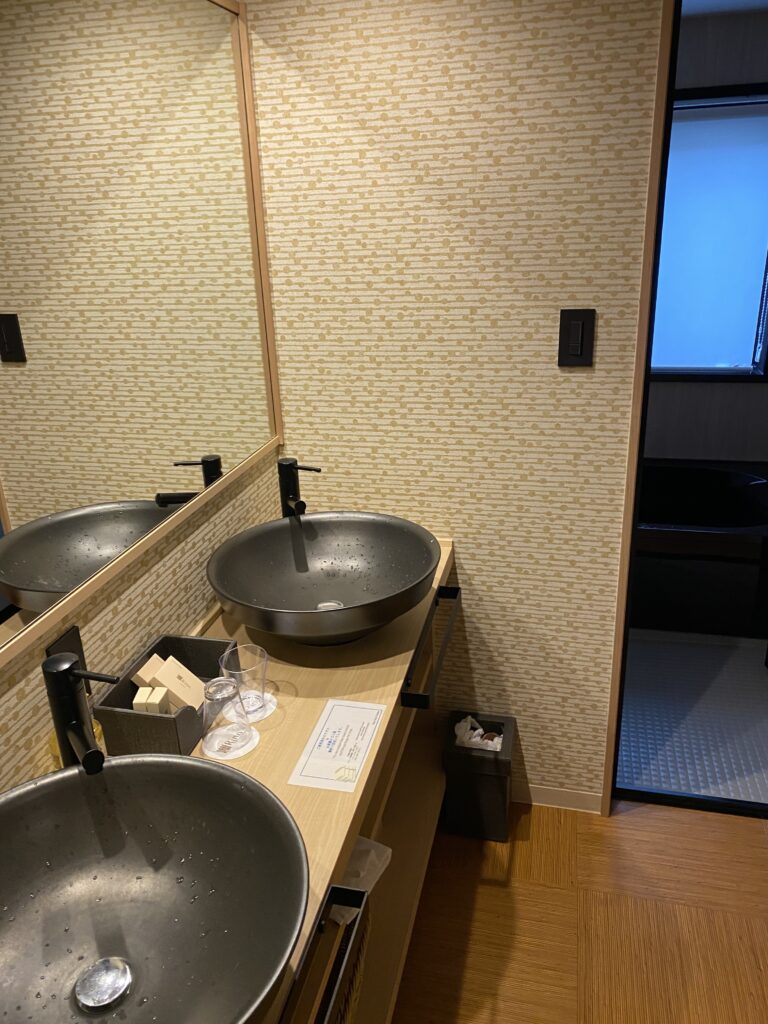
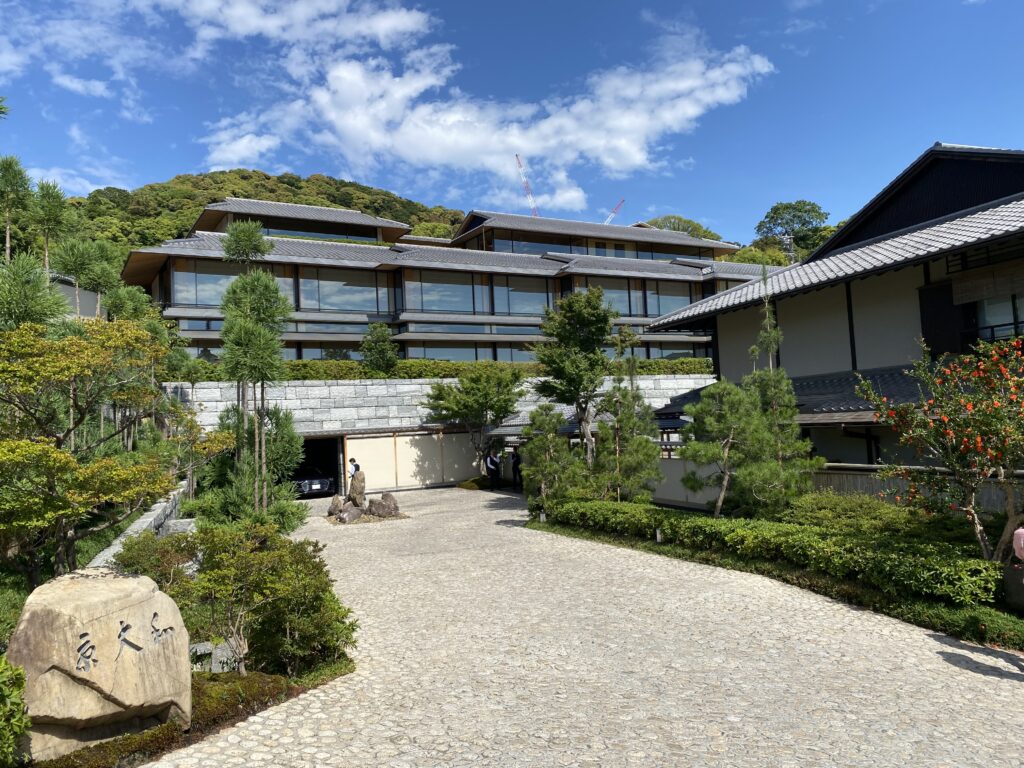
I’m currently vacationing in Japan and will get to Kyoto next week. About the Hyatt points issue: I had the opportunity to book Andaz Tokyo and Park Hyatt Kyoto with points and did not. The number of points is very high. Compared to the four star hotels I booked using cash, they didn’t have enough beds for my family of three, nor breakfast, nor a laundromat. So other than bragging about staying in five star hotels this would have been a poor redemption value (maybe 1 cent per UR point).
@Jeremy I felt the same way. Japan is relatively affordable right now, though not quite as affordable as it was just a few months ago. Still, it’s possible to book a decent hotel for $150 per night or less. I was tempted to redeem Hyatt points on Grand Hyatt Tokyo, but we needed two rooms. That’s 50k points per night! It looks nice, but not that nice. In the end I paid $190 per night for two rooms, and it was good enough. And the hotel had a laundry room, which is a big deal. But to each his own.
I’m glad you had a great time in Kyoto. I was born in Kyoto. My parents still live there. We visit there almost annually. A great place to visit. However, I have to disagree with your statement that Gion is the (only) historic neighborhood in Kyoto. And for that matter, it’s definitely note the “historic center” of Kyoto. It is true that Gion is currently very popular with American tourists, and perhaps because of it, there is a much more (foreign) touristy feel to it, which was not the case decades ago.
Also, there are many other well-preserved beautiful neighborhoods in Kyoto, even in the actual “center” of the city. I personally find the areas slightly south of the Imperial Palace (Kyoto Gosho) to be a great neighborhood, in terms of its charm as well as its convenience of transportation options, especially the subway.
Another neighborhood is in the triangle formed by the Kamo and Takano Rivers. I grew up there and there are a plenty of traditional buildings/businesses there also, as well as beautiful old and new homes. Shimogamo Shrine, which is a very old shinto shrine (possibly older than the Gosho) is also there. The only downside of this location is that there are not as many large hotels in this neighborhood (which might be a good thing).
@Naoyuki: Kyoto is on our list when we visit Japan for two weeks later this year. We probably spend 3-4 days in Tokyo. Other significant city that we can cover for 3 days with fast and easy access to bullet train instead of plane Can you recommend a few “must see” historic places in town and a couple affordable Japanese accommodations that are centrally located? What local cuisine/ dishes will you suggest?
Thanks
I don’t know if sights in Kyoto (or for that matter any other city with a lot of history that is well-preserved) can be ranked in any reasonable order. But here are some of my personal favorites.
-Shrines/Temples in Higashiyama area: Kiyomizu, Chion In, Ginkakuji, Sanjusangendo (probably that’s one of the most impressive places that is extremely easy to see…also close to the JR train station).
-Central Kyoto: Kyoto Imperial Palace and surrounding temples/shrines (the actual Imperial properties typically require reservation). Nijo Castle. Shimogamo Jinja, too many others to list
-Northwest: Kinkakuji, Ryoanji, Nanzenji.
I cannot make any good recommendations about hotels since we haven’t stayed in too many of them, but I strongly suggest staying near the dead center of the city, close to one of the subway stations. One convenient neighborhood is near the Karasuma-Oike subway station. That’s where the two subway lines intersect. I don’t really recommend staying near the JR Kyoto Station because it’t not that charming (though there are a few very impressive sites nearby)
I haven’t stayed there but I think the location where new Hyatt Place is outstanding in terms of logistics.
@ Naoyuki Thank you so much for your comment! I very much appreciate your input as a local who grew up in Kyoto. I’ll edit my post encouraging the readers to read your comment.
I really liked Gion location due to its relative proximity to the train station. And yet, it’s like another world. You are close to Kamo river and many beautiful gardens are within walking distance. I’m not into shopping, but my MIL is. That’s another reason I liked Gion, so many shops around. But yes, it is rather touristy, so some may prefer a more off-the-beaten path location. We drove around Kyoto and most of the neighborhoods I saw looked rather unremarkable. And that’s what makes your perspective so valuable.
You are welcome. I think a lot of tour books and bloggers push people to go to/stay in Gion area. I’m not exactly sure why, but it appears there is a tendency for all American tourists to just do the same exact things in Kyoto. The locals hate it because certain places become disproportionately crowded. There are more to Kyoto than just Gion, Arashiyama, Kinkakuji, and Fushimi Inari. All of these places are great places to visit, but it has become much less so because of this trend.
Anyways, Gion area is not that close to the JR Kyoto Station. And the place where you stayed is not that conveniently located to any of the public transportation, unless you are willing to figure out the bus schedule. If you want good access to that station, you can either a) Stay near the station…not necessarily my favorite location in town, but there are a few impressive historic sights nearby and excellent shopping!) or b) Stay near one of the subway stations on Karasuma St. (then you can just hop on the subway to get to the train station without any transfers).
@Naoyuki I understand what you are saying about overcrowding. It’s a big problem in many popular cities. To be fair, the street we stayed on was mostly residential, and we didn’t see too many tourists. Most of the action is near Park Hyatt Kyoto, which is about six minutes away by foot. It’s close, but not too close. Obviously, it will depend on your taste, but I really liked the location of this machiya. We didn’t utilize public transport, and only used Uber, which I’ve mentioned in my prior post. It was convenient and relatively cheap. But yes, proximity to public transportation is an important factor to many.